Cooking Thanksgiving dinner is a time for family, friends, and holiday traditions including taste testing. It’s also a time where family members may want to join in the food preparations, so fire safety is important. The sheer scope of the holiday feast will put unusual strains on chefs and the kitchen alike. In the final hours, you will have to contend with all the helpful” assistant cooks” your family can produce, and you’ll have to keep them fire safe as well. Start with a few ground rules for a fire-safe kitchen. Declare the kitchen off-limits to young children, and even adults who aren’t actively participating in food preparation of food. Fewer people mean fewer chances for spills and burns.
Knowing where possible hazards exist can let you be better prepared for a safe holiday.
Turkey Fryer Safety Tips:
Keep fryers off decks, out of garages, and a safe distance away from trees and other structures.
Make sure the turkey is thawed and dry before cooking. Ice or water that mixes into the hot oil can cause flare-ups and spill flammable oils.
Watch the weather and never operate a fryer outdoors in the rain or snow.
Place the fryer on a level surface and avoid moving it once it’s hot.
Leave two feet between the tank and the burner when using a propane-powered fryer.
Follow the manufacturer’s instructions to avoid overfilling, the oil can ignite if it contacts the burner.
To determine how much oil, you’ll need put the turkey in the basket and place in the pot. Add water until it reaches 1 or 2 inches above the turkey. Lift the turkey out and use a ruler to measure the distance from the water to the top of the fryer. This will be the amount of oil you should use. Pour out the water and be sure to dry the fryer completely before filling the pot with oil. Make sure the turkey is completely thawed. Pat the turkey dry with paper towels before placing in the fryer to keep the hot oil from spattering and popping.
Choose a smaller turkey for frying. A turkey that’s 8 to 10 pounds is best. Pass on turkeys over 12 pounds.
Never leave fryers unattended.
Purchase a fryer with temperature controls and watch the oil temperature carefully. Cooking oil that is heated beyond its smoke point can catch fire. If you notice the oil is smoking, turn the fryer off.
Turn off the burner before lowering the turkey into the oil. Once the turkey is submerged, turn the burner back on.
Wear goggles to shield your eyes, use oven mitts to protect your hands and arms, and keep an “ABC” fire extinguisher close by. Do not use water or a garden hose on a fire-related to turkey fryers. Before you cook check your fire extinguisher pressure gauge if less than fully charged, have it recharged or purchase a new one.
Skip stuffing the bird when you fry a turkey and avoid water-based marinades.
Keep children and pets away from the fryer at all times.
Once finished, carefully remove the pot from the burner; place it on a level surface and cover to let the oil cool overnight before disposing of the oil.
If you are purchasing a fryer, they also make an oil-less fryer. This uses infrared heat, rather than oil to cook the turkey.
Lights/Electrical Safety Tips:
When using lights make sure they are UL approved.
Check electric cords for cracks and frayed wires.
Don’t overload electrical outlets, and never run extension cords under carpets.
Check extension cords to make sure that they are not pinched under or behind furniture.
Always unplug decorative lights before you leave home or go to bed.
Candle Safety Tips:
Put candles in non-tip candle holders.
Candles should never be by curtains, Christmas trees, or other combustibles.
Never leave candles burning when in the reach of young children.
Blow out candles before you leave the room or turn in for the night.
Fall and Winter Safety Tips:
Have central heating furnaces and chimneys inspected and cleaned once a year and as appropriate or when you suspect a problem.
Keep space heaters and portable heaters at least 3 feet away from anything combustible such as walls, and furniture.
Use the right fuel for liquid fuel heaters. Be sure they are vented properly and refilled when it is cool and in a well-ventilated area.
Install CO detectors to alert you to dangerous carbon monoxide levels.
Pellet stoves typically should be 4 inches from the walls at the sides and 1 to 2 inches from a back wall. Most need to stand on a non-combustible surface such as stone. Read the manufacturer’s instructions.
Dispose of ashes from fireplaces and pellet stoves into a metal container. After your metal container is cool you can then dispose of them at the city transfer station. The metal container for the ashes should never be stored indoors.
I have responded to fires where the container was stored on a wooden porch or under it and the whole porch went up in smoke.
Party Safety Tips:
Use flame-retardant or non-combustible materials for costumes and decorations.
Smokers should have deep non-tip ashtrays.
Be aware of quest that drink and smoke, empty ashtrays often. Make sure ashes in the ashtrays are disposed of in metal containers outside; be sure to wet the ashes before dumping them. After the party inspects cushions for smoldering cigarettes and cigars.
With common sense, you can make sure tragedy doesn’t come between you and the festive holiday you’ve planned. Have a happy and safe Thanksgiving.

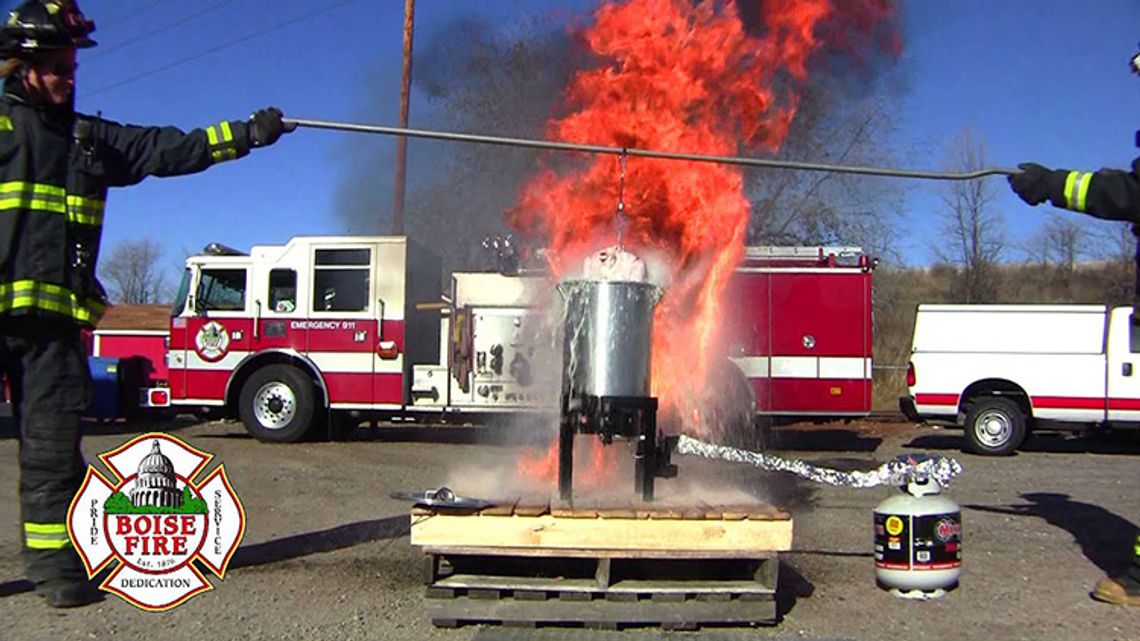
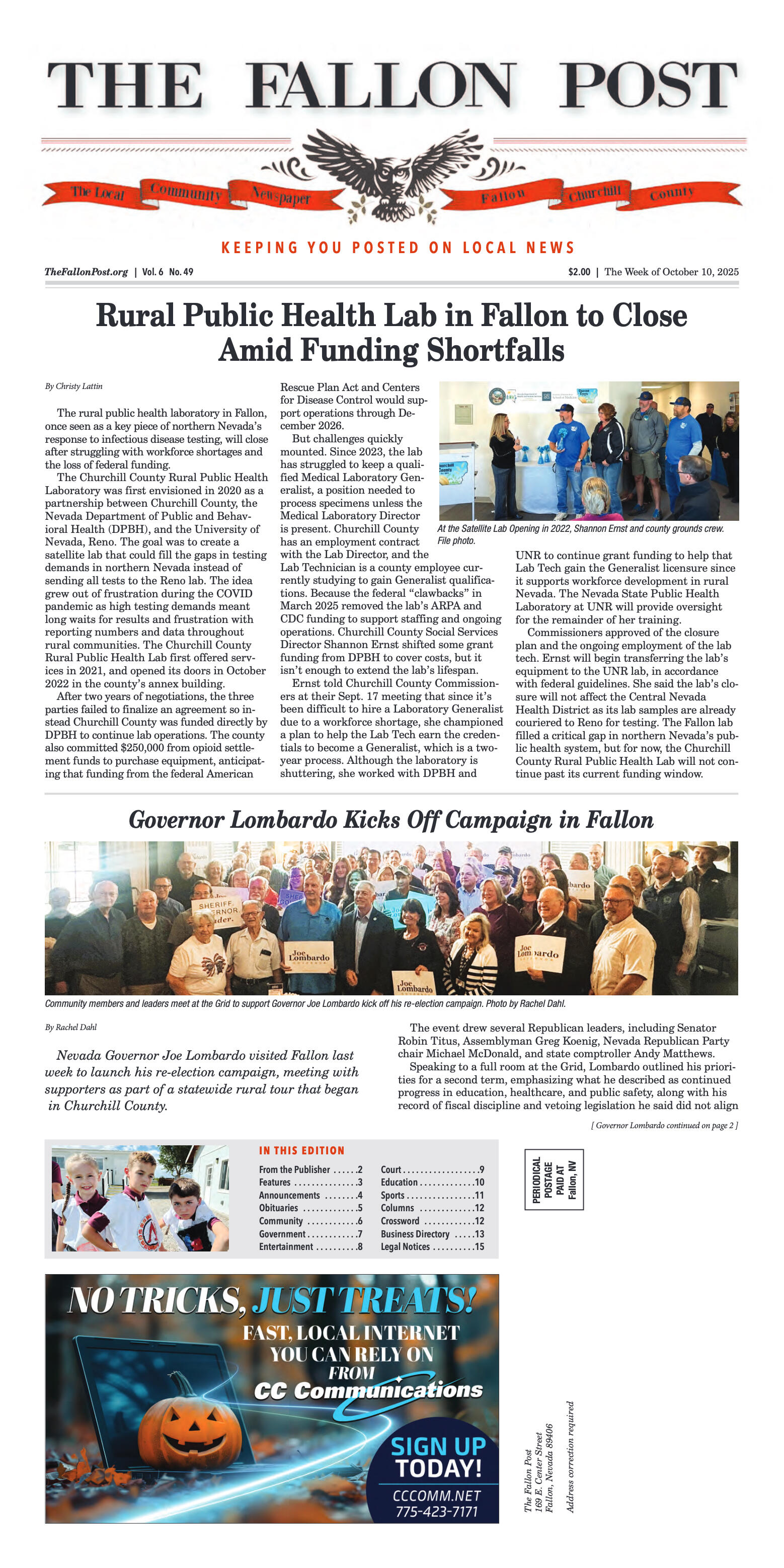
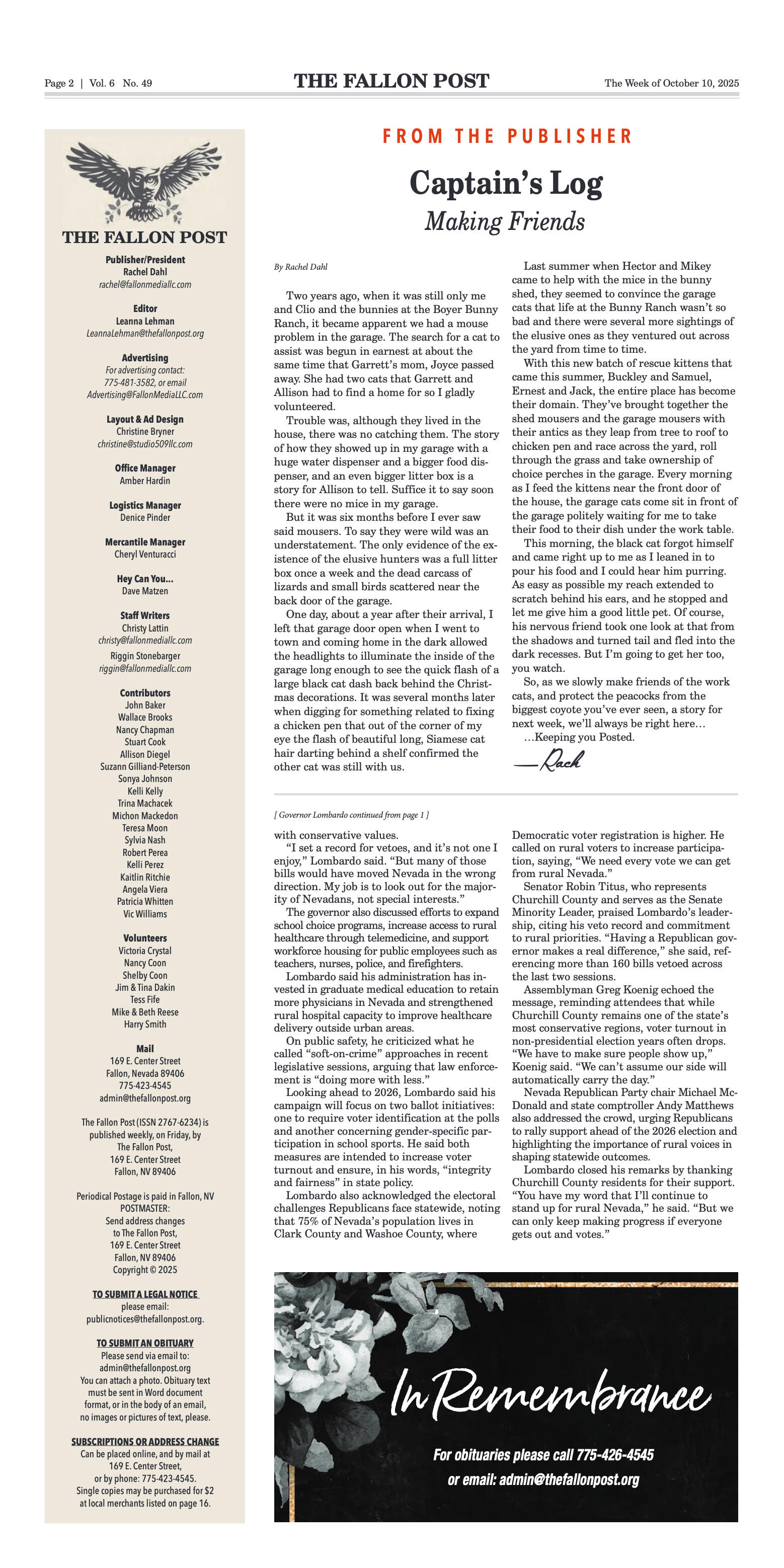
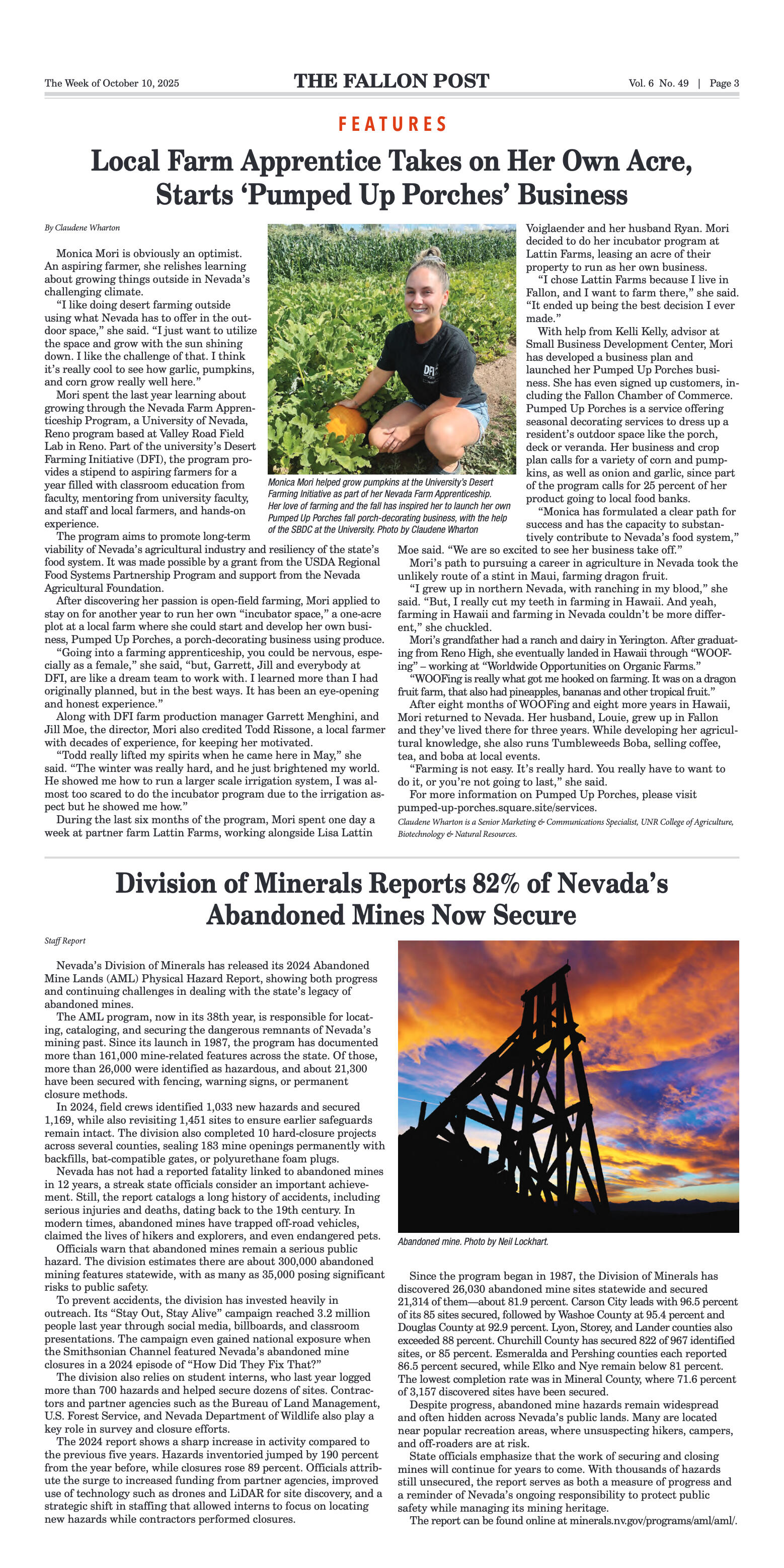

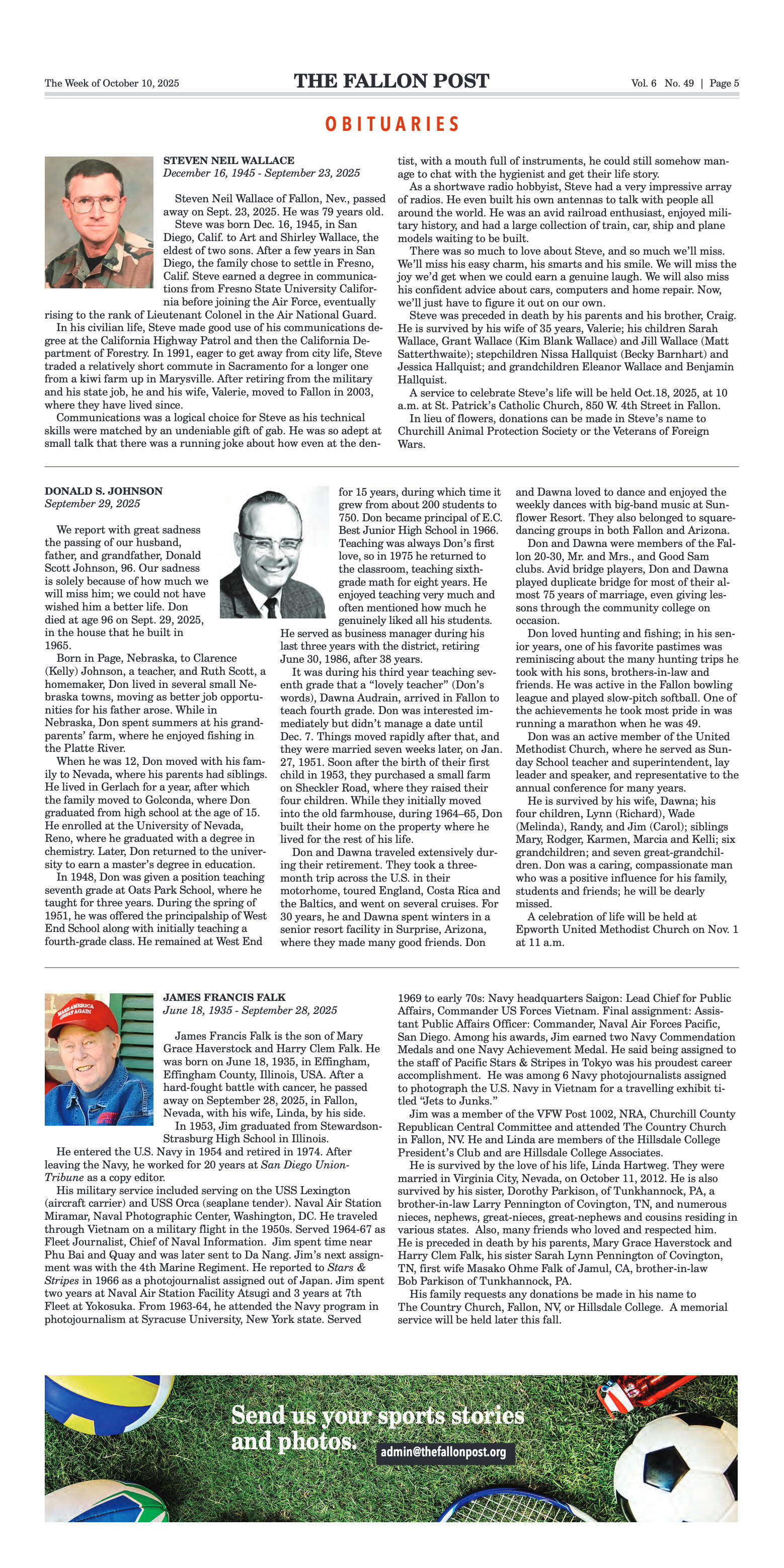

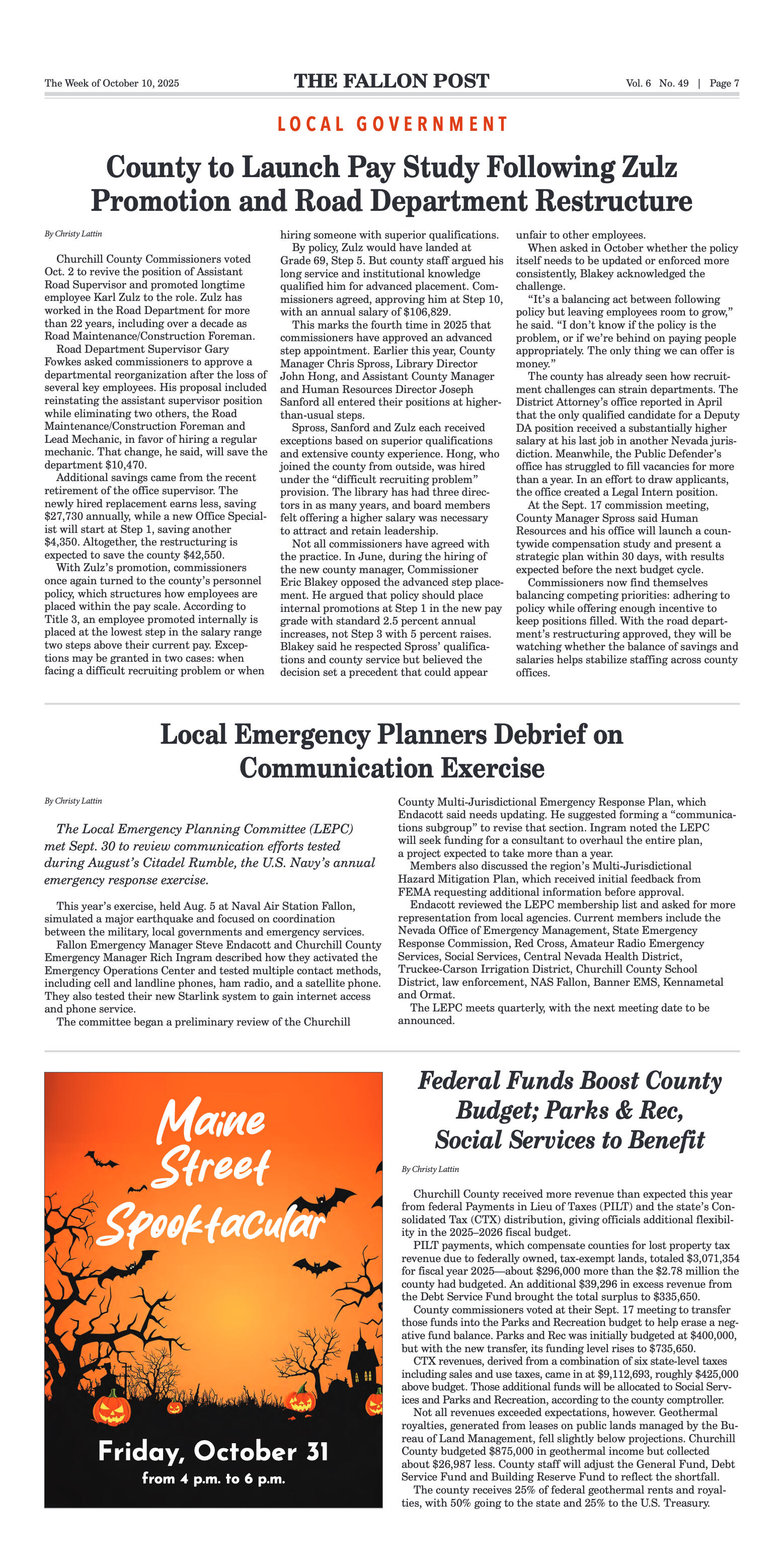
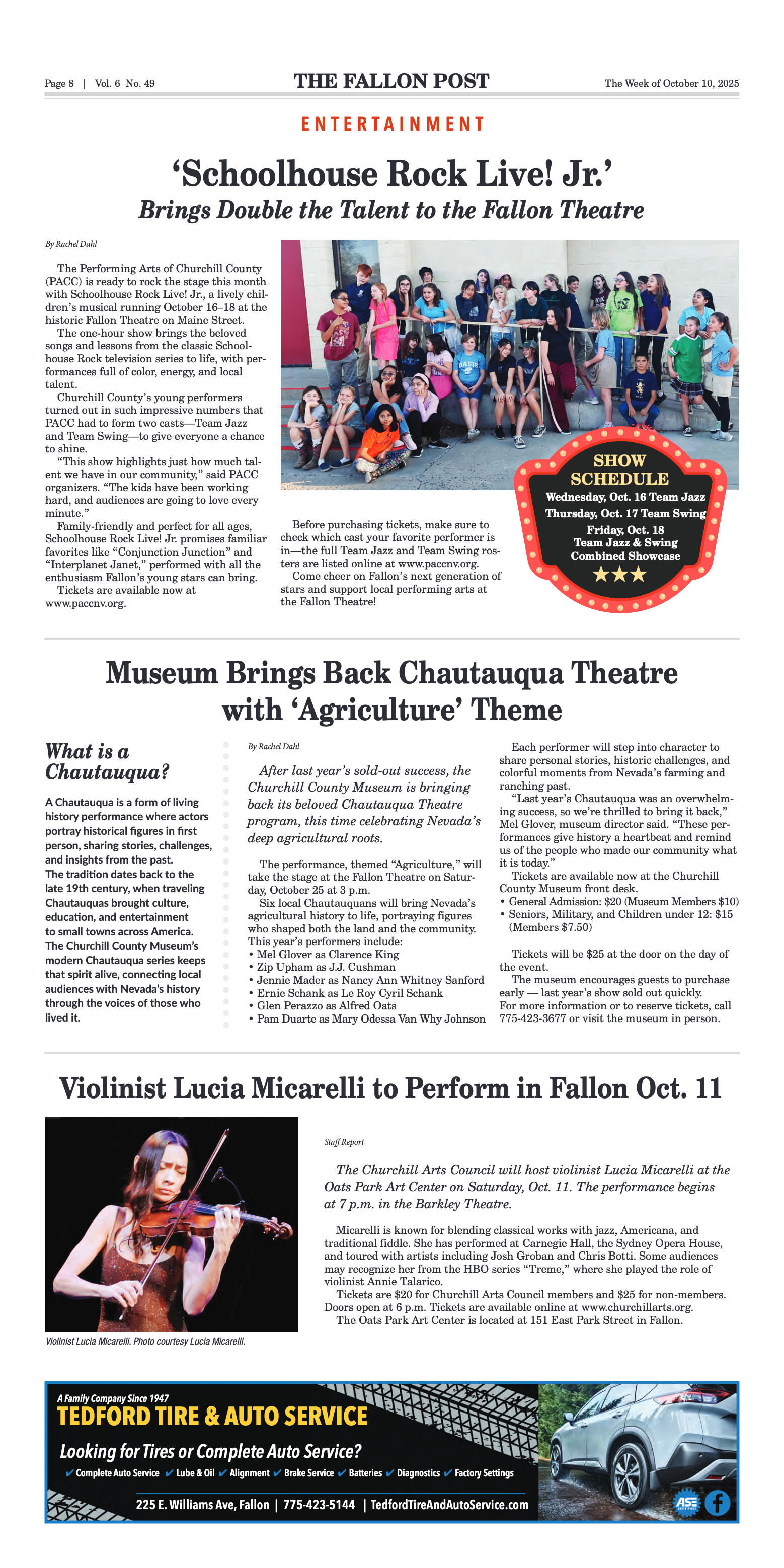
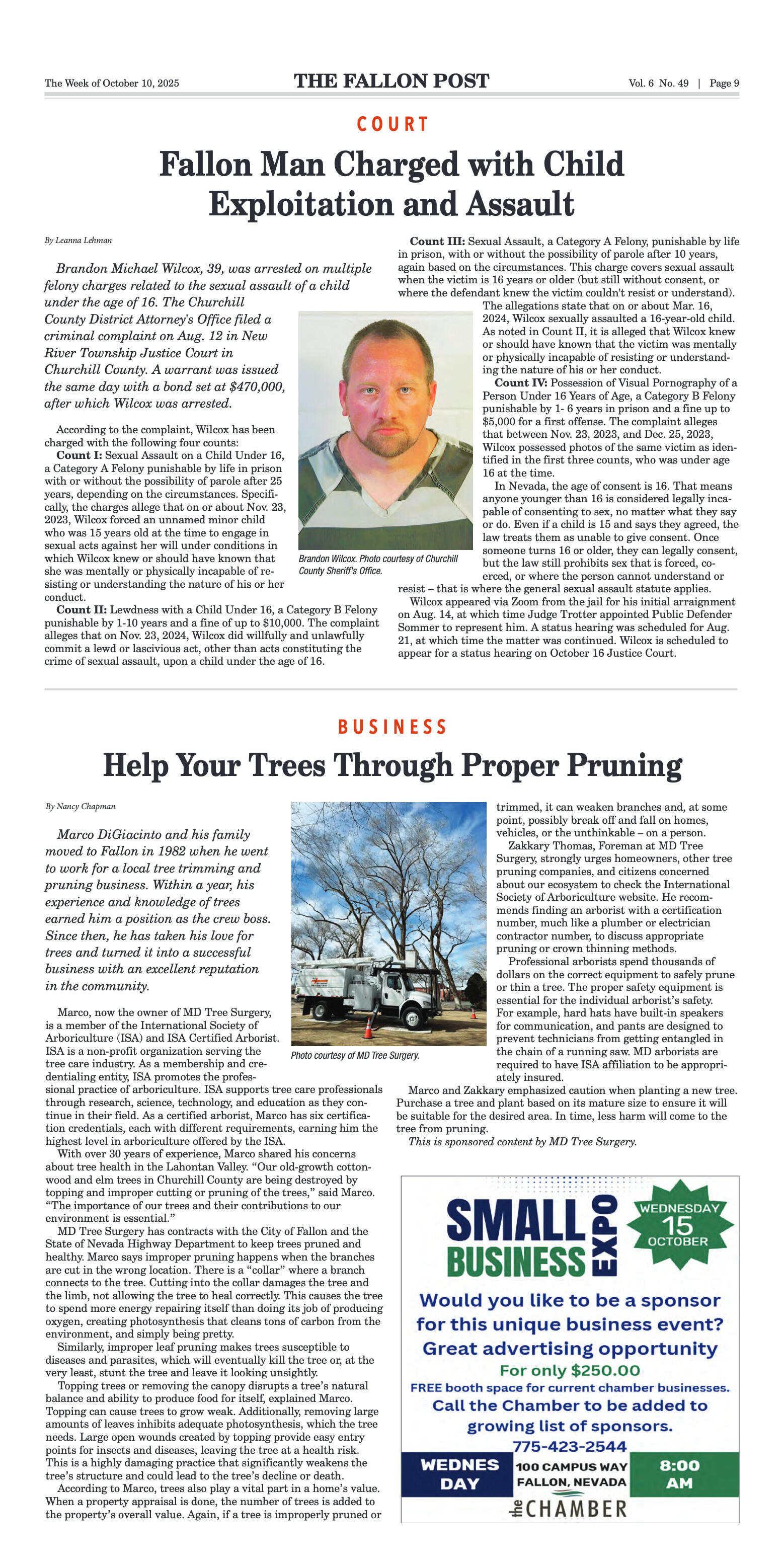
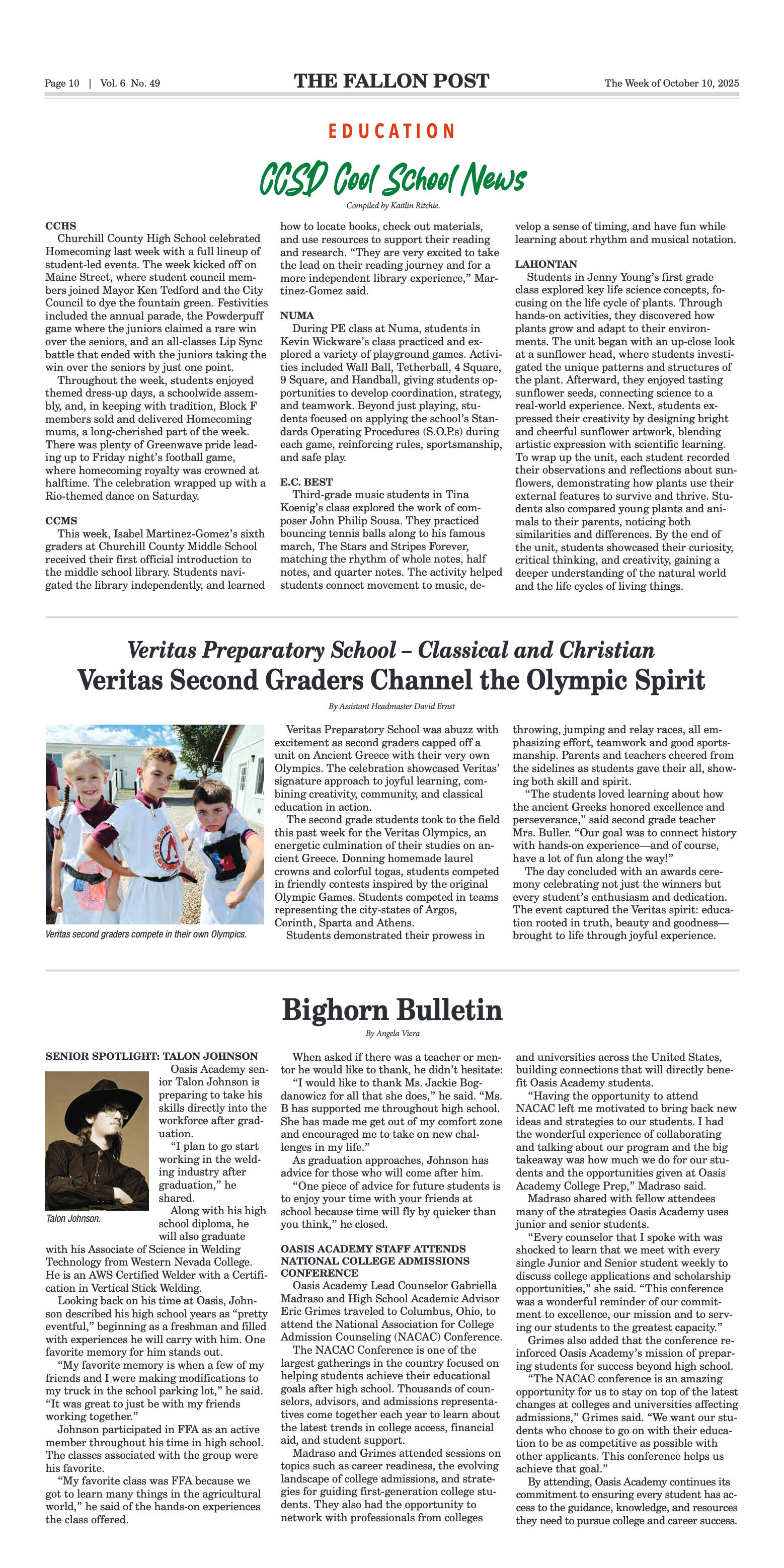

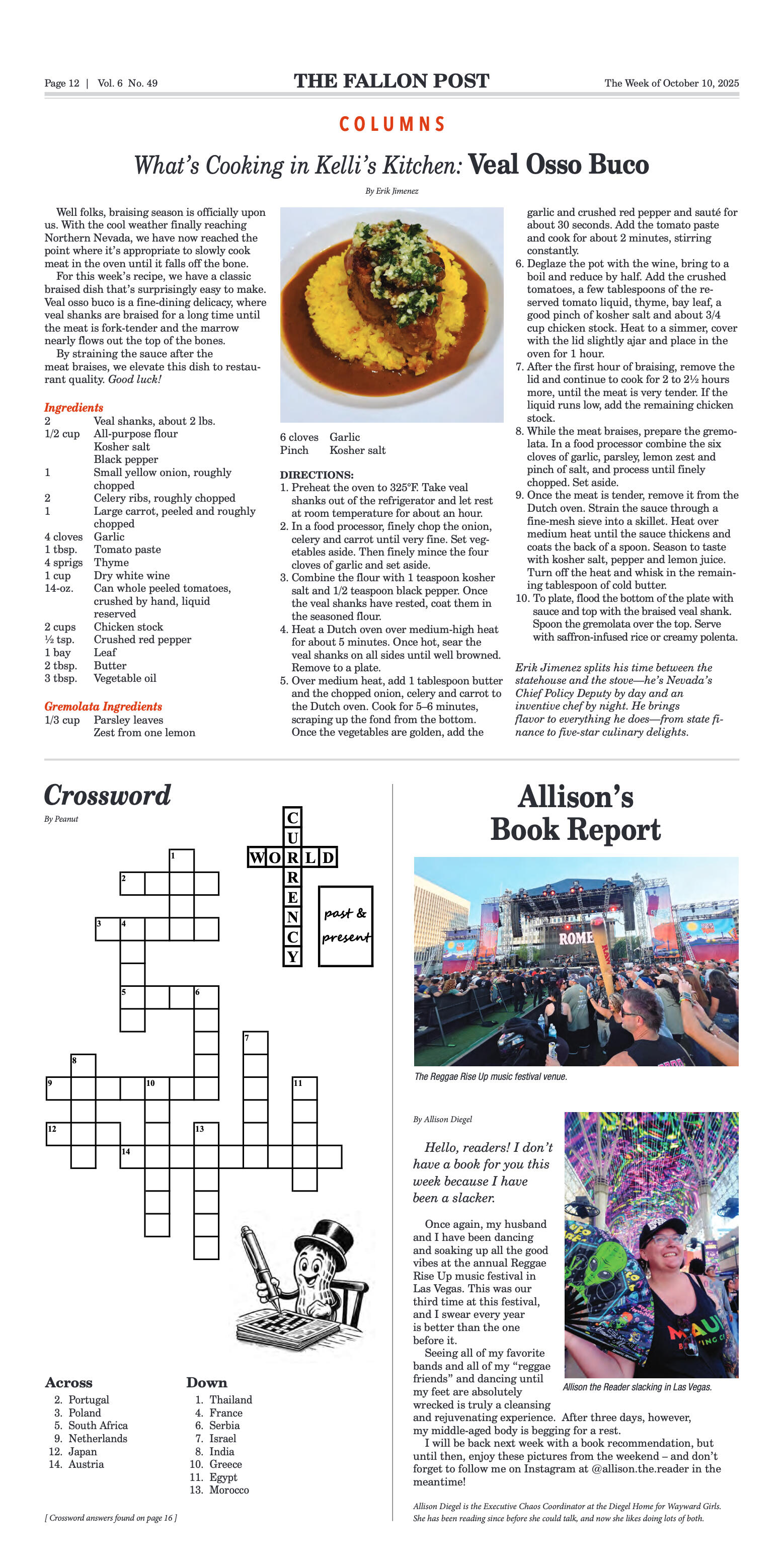
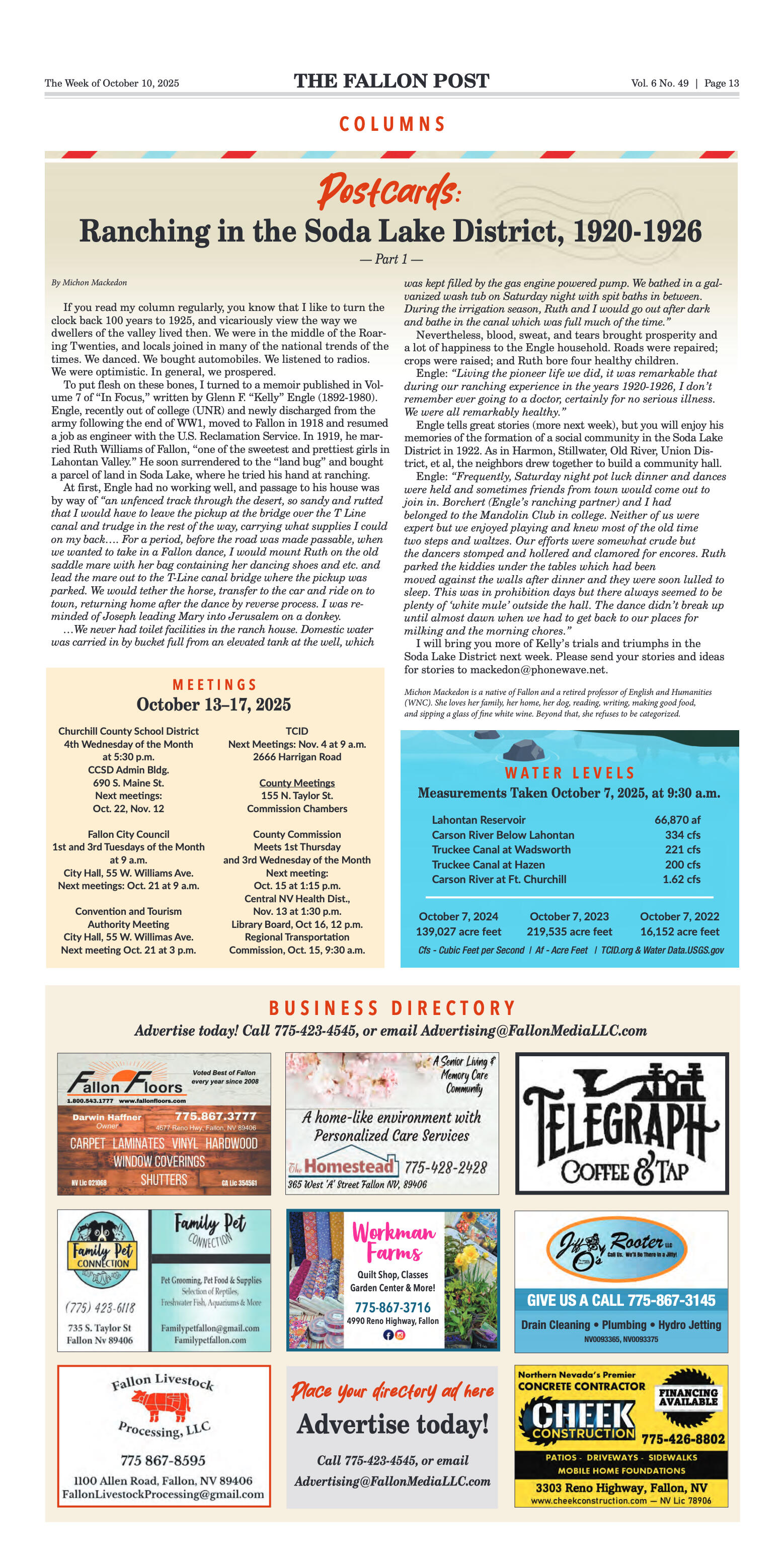

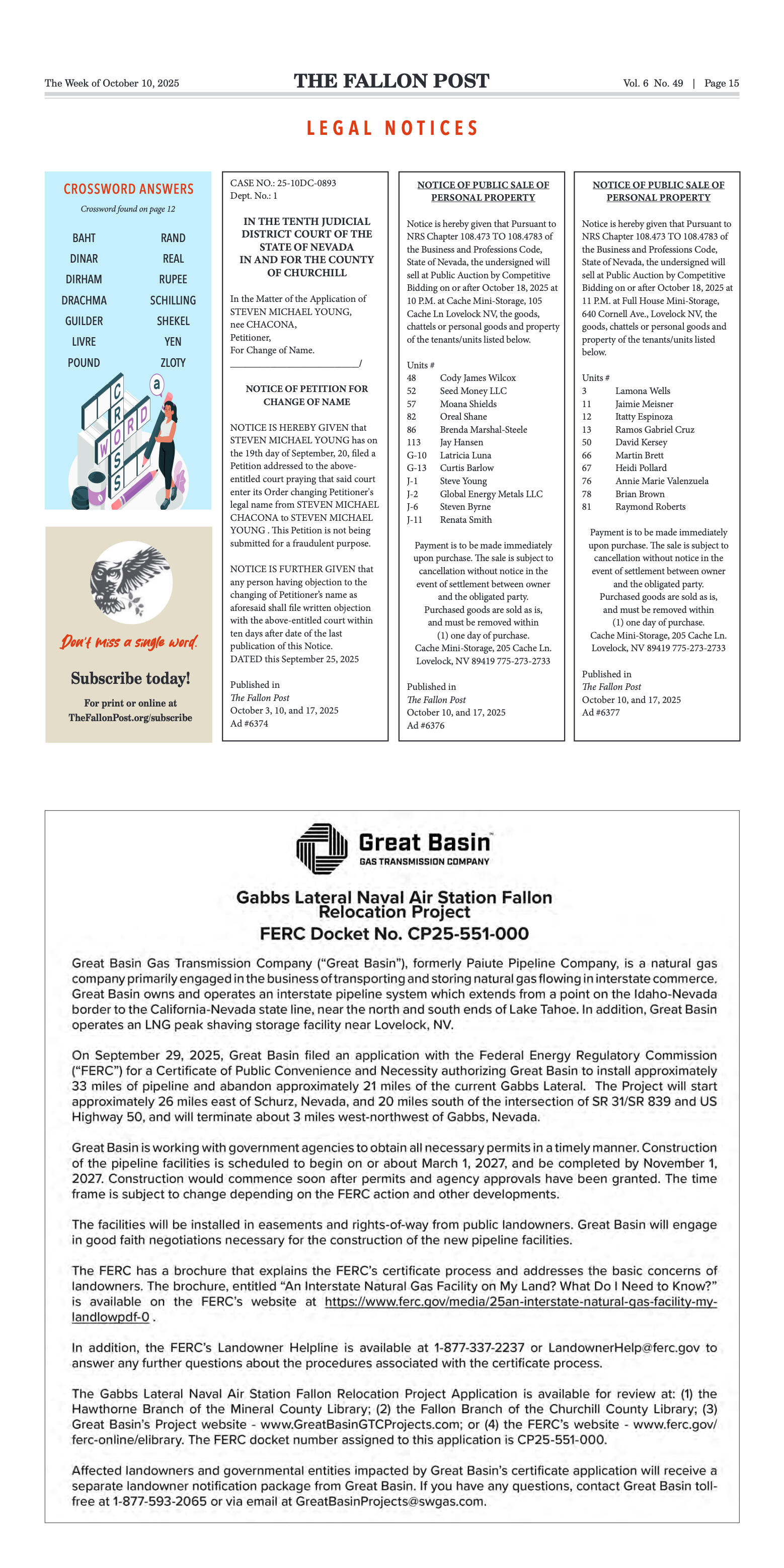

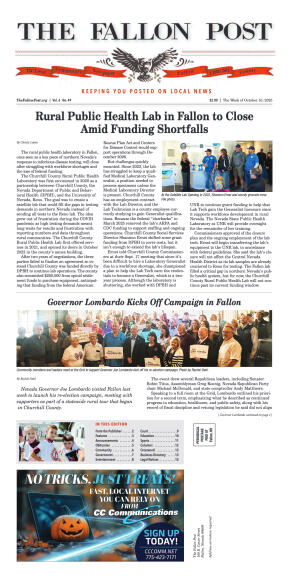
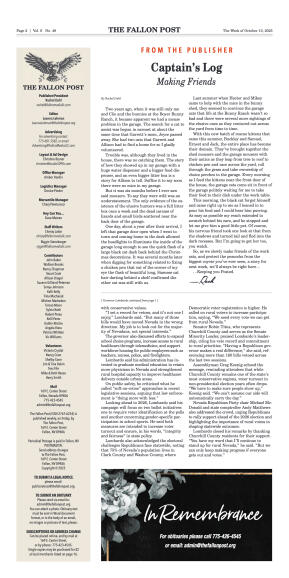
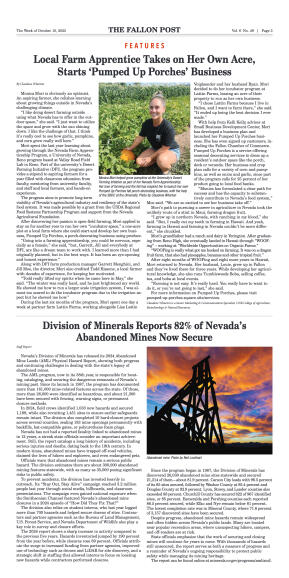

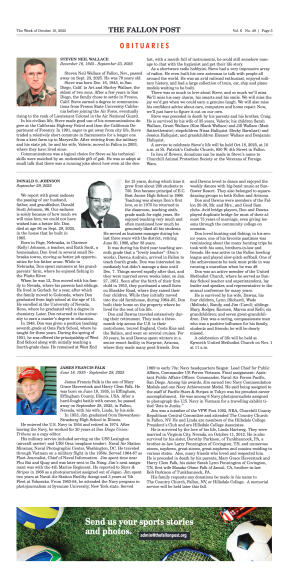

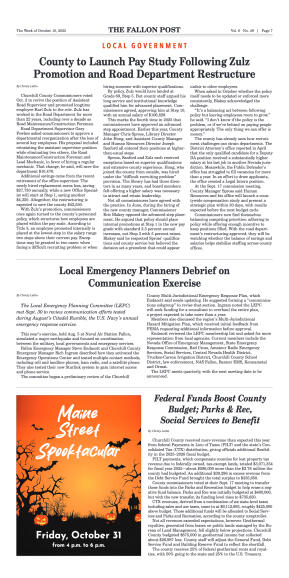
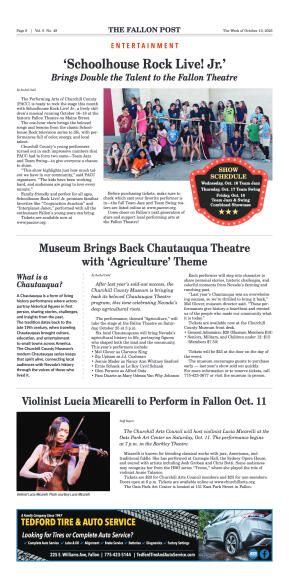
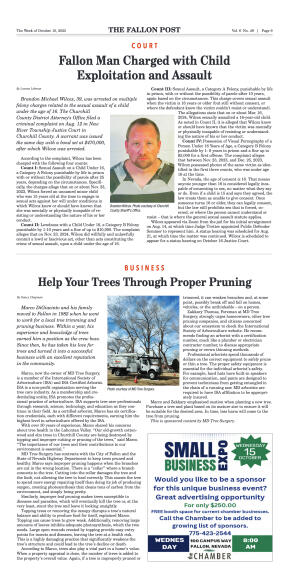
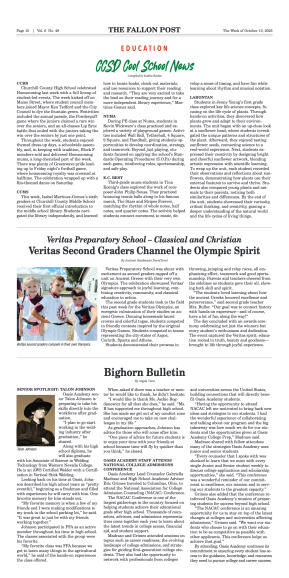
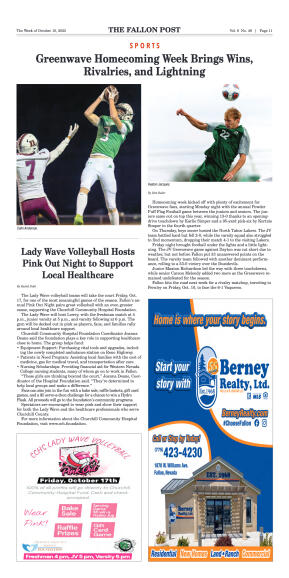
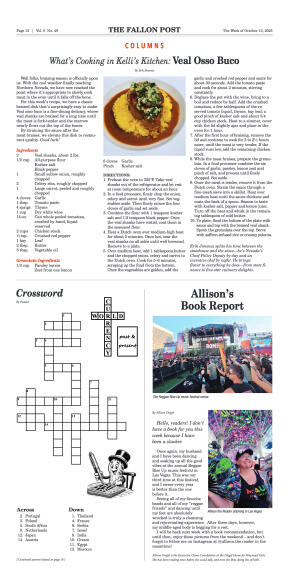


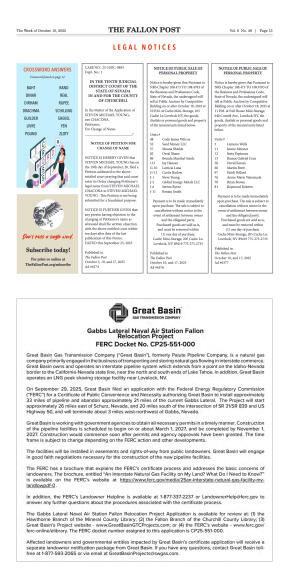

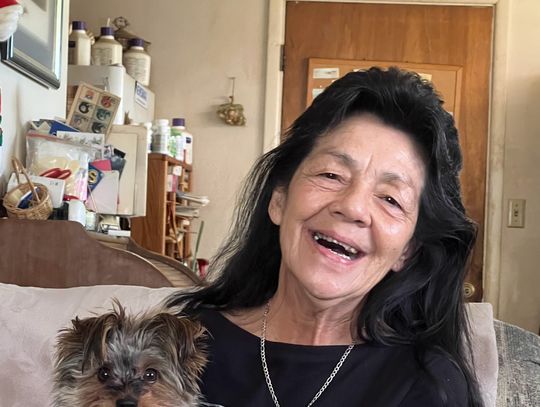
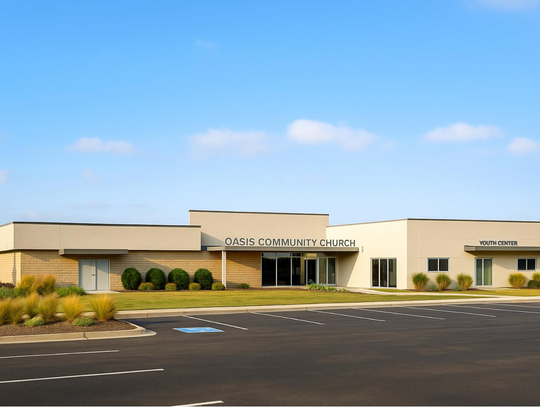

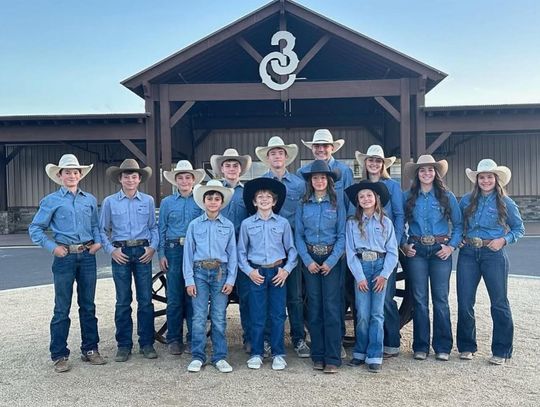
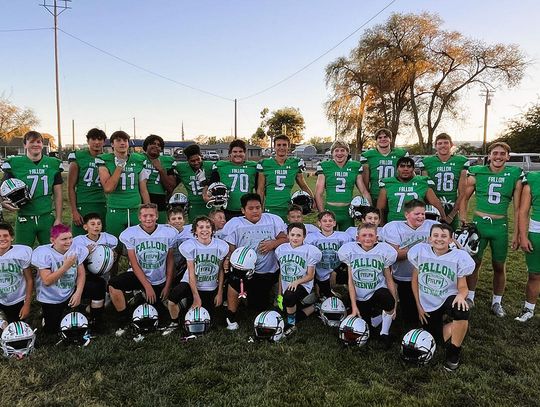

Comment
Comments